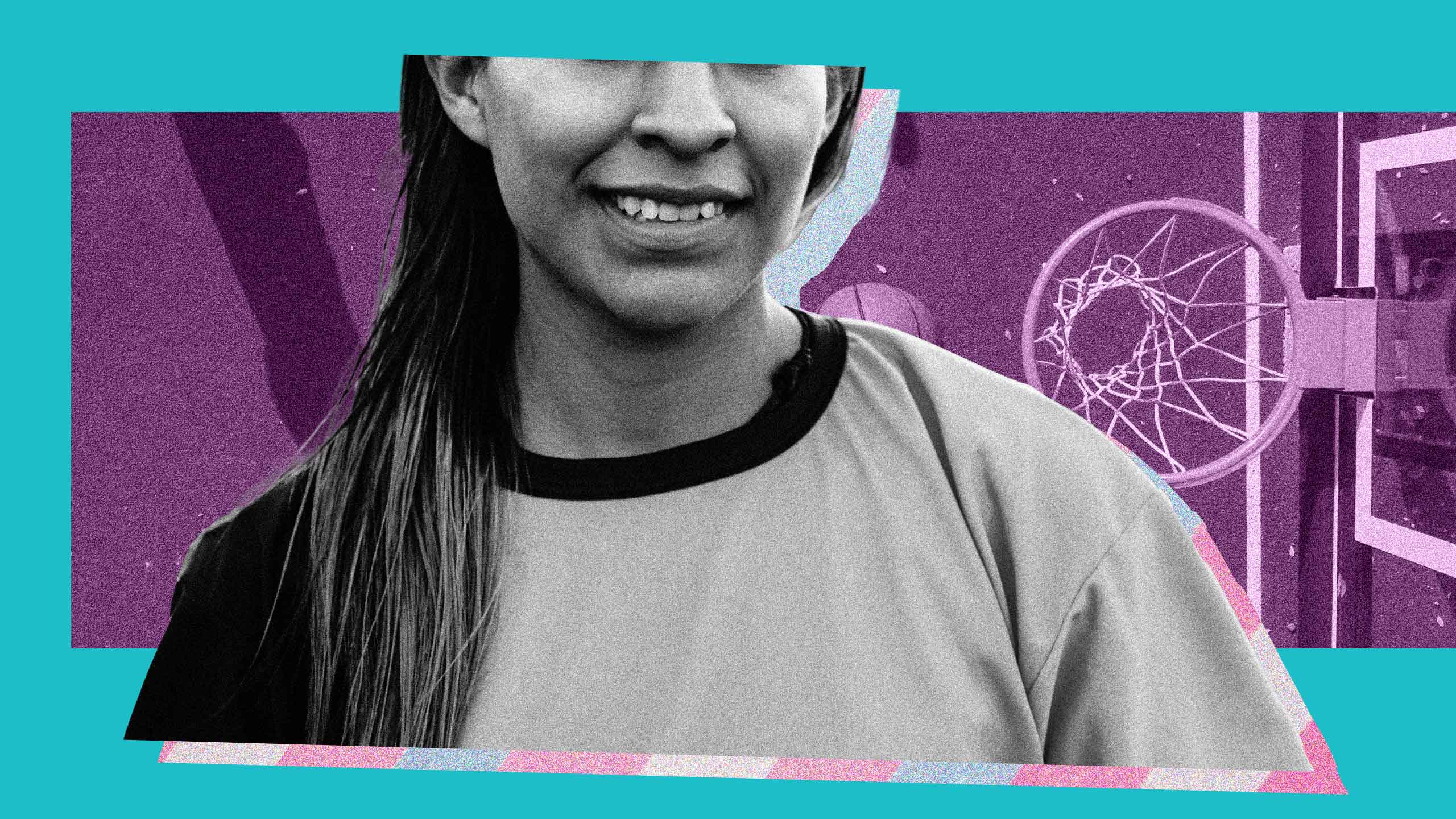“The only thing that surprised me was how unsurprising the results are,” says Martha Gumprich, researcher and co-author of The Canadian Non-Binary Youth in Sport Report, published in October 2023 by Simon Fraser University. Grumprich, who is non-binary, is referring to the grim statistics cited in the study, which states low numbers of non-binary youth participation in team sports, points to some of the reasons why and offers suggestions to make organized team sports more welcoming.
Sports is an area where LGBTQ2S+ people already have lower levels of participation, facing barriers not only to joining, but also staying, in sport. “Unfortunately, this proves to be true for non-binary youth in Canada,” Gumprich says.
Written with Nicola Hare of Trans Connect, a health and community program supporting trans, Two-Spirit, intersex and gender-diverse people in B.C., the report incorporates research from Gumprich’s master’s thesis and uses data collected through the UnACoRN (Understanding Affirming Community, Relationships and Networks) Study, an online national survey, as well as three group sessions with youth (two in person and one online). Gumprich partnered with Hare and Trans Connect to connect with youth ages 14 to 29 across the country.
According to the report, only 11 percent of non-binary youth in Canada currently participate in team sports, compared to 77 percent of Canadian children aged five to 19 (according to the 2014–2016 CANPLAY study looking at general youth participation in organized physical activity and sport). There are many reasons for such low participation rates among non-binary youth, with 66 percent of respondents saying that they avoided joining a team sport because of the binary nature of the teams—they would have to play on either a boys’ or girls’ team. Four in five non-binary youth stated that locker room layouts were also barriers, since they would have to choose between using gendered change rooms.
Of the non-binary youth who participate in team sports, more than half have witnessed discrimination, abuse or harassment. Half of the study’s respondents said they did not want to join a team because of teammates and coaches.
It’s an issue worth addressing considering that participating in organized sports can be a boon to youth health. Along with the physical benefits of exercise and movement, studies have shown that team sports can increase confidence in making friends, aid with socialization and building people’s social networks, significantly increase self-esteem, help develop greater perseverance and engagement in life and improve mental health. This is especially important for LGBTQ2S+ people, who have worse mental health compared to heterosexual or cisgender individuals.
The report offers potential solutions and tangible actions to help break down some of the barriers to participation. Much of it starts by creating inclusive and safe spaces. Some of the report’s recommendations include better education on diverse genders and sexualities, implementing no-tolerance policies for harassment and visible signage, creating co-ed teams, dividing teams by competitiveness as opposed to gender, having rules around inclusion and ensuring that there are gender-neutral changing areas with single stalls for non-binary youth to feel comfortable, safe and respected.
Gumprich says the report is the first of its kind—unfortunately, there is not a lot of research on non-binary youth in Canada at the moment. They say there are a couple of reasons why, pointing out that this kind of work is best done by someone from the community, and there simply aren’t that many non-binary researchers doing this type of work in Canada. “As a non-binary person, I know the challenges we can face in academia, getting into [a] position to run these studies and have the funding and a research team that supports this. I was very lucky to find a research team that was incredibly supportive and saw the potential and need for this project,” they say. “It can be very challenging to be in academia when you do not adhere to the gender binary, and you’re troubling the very foundation of the gender division of sport.”
Gumprich thinks things are changing, and that we are reaching a tipping point where more people are seeing and understanding the importance of making sport safer and more inclusive for everyone. Gumprich says this begins with listening to those who are experiencing exclusion and discrimination and then actively working toward inclusion and combatting prejudice.
“I hope people see our report as a big step in that [direction] and in seeing the issues that non-binary youth are facing, taking some time to educate themselves and follow our very clearly outlined solutions,” they say. Gumprich believes that the barriers to participation can be addressed through education and implementing protective and proactive policies. “I think the most interesting takeaway is that all of the reasons why non-binary youth are avoiding sport are preventable.”


 Why you can trust Xtra
Why you can trust Xtra


